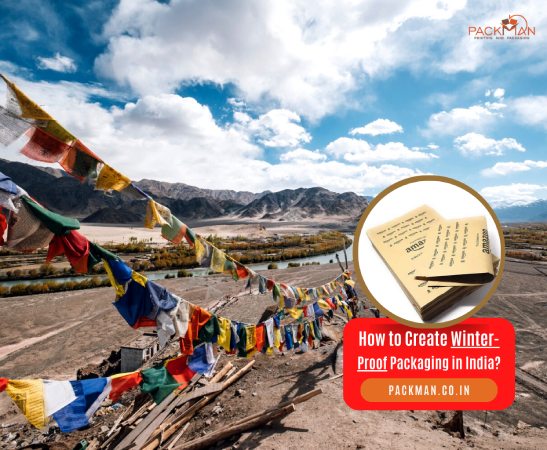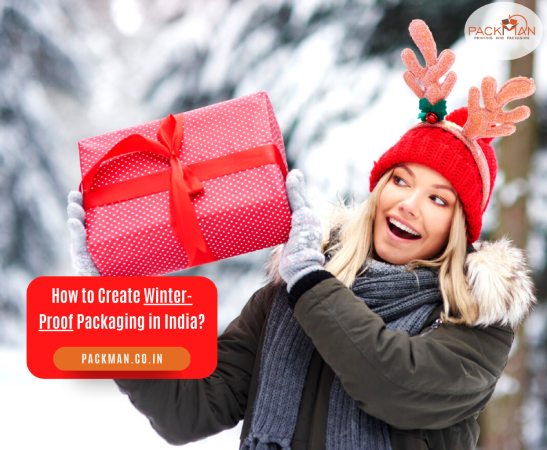Winter is the time for gifts and goodies all wrapped up in love and warmth. Don’t we all get excited when we see those colourful boxes and bags containing our favourite things? But what if the dark chocolate your friend sent melted on the way, or the cookies were crushed? Blame it on faulty packaging. Today, packaging must not only look pretty but also be weatherproof.
So, how does one beat these weather challenges and ensure winter-proof packaging for their product? Let’s explore the effective ways of winterproofing your package with the help of India’s leading packaging manufacturer and supplier Packman Packaging Pvt Ltd.
Choose a strong box: In winter, whether you are shipping fruits and vegetables or delicate items like glass, choosing high-quality and durable corrugated boxes will ensure they are not damaged by snowflakes or harsh weather. Besides ensuring stability, these strong boxes add extra cushion and maximum protection for your products.
Seal your boxes: Beat temperature fluctuations better during winter by sealing your boxes well. Regular tape may cause the adhesive to freeze and become loose, leaving the box unsealed and exposed to moisture. Hence, cold temperature tapes containing special adhesive properties that can stay intact in both room temperature as well as cold areas are an ideal sealing option for corrugated boxes that transport products with differing inside and outside temperatures like meat, fish, dairy, and other frozen food products. In fact, a layer of clear stretch wrap can further protect the exterior of the box from moisture damage.

An extra layer of protection: From glass to electronics, all products need to be insulated from cold weather. Using corrugated pads, Scored pads (S-pads), bubble wrap, padding pillows, or even tissue paper the empty spaces within the box can be easily filled up. This would not only add an extra layer of protection to the parcel but will also help the contents to stay in place throughout their entire journey i.e. from source to destination.
The bubble effect: Insulated bubble mailers protect fragile goods by trapping heat. Air-filled bubbles along with plastic sheeting can keep the contents moisture-proof during harsh winters. Poly mailer bubbles are also moisture-proof.
Insulation: In order to prevent accidental spills while transporting hazardous materials during turbulent weather conditions use of an absorbent packing material called Vermiculite is an ideal way of protecting the products by reducing loss of heat in cold weather.
Chipboard sheets: Placing one or two chipboard sheets beneath as well as on top of the products housed inside the corrugated box will add extra protection to the products besides protecting them against moisture damage during shipping.
Closing thoughts
Don’t let the cold weather discourage you from providing your customers with high-quality packaging. To winter-proof, your package, follow the tips and tricks in the article.




